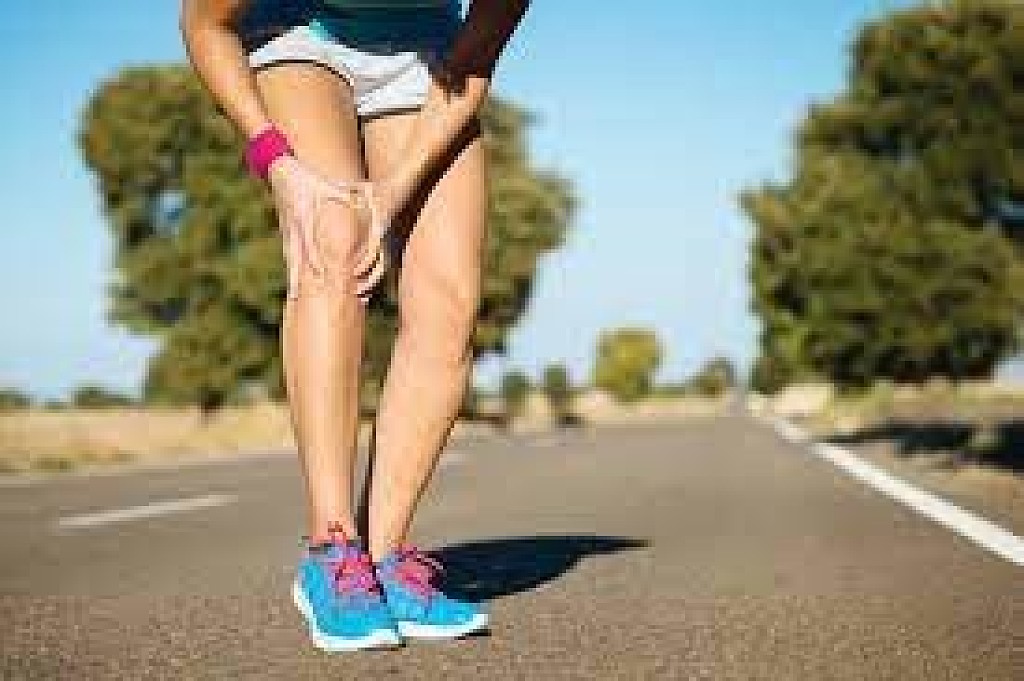Running News Daily
Running News Daily is edited by Bob Anderson. Send your news items to bob@mybestruns.com Advertising opportunities available. Train the Kenyan Way at KATA Kenya and Portugal owned and operated by Bob Anderson. Be sure to catch our movie A Long Run the movie KATA Running Camps and KATA Potato Farms - 31 now open in Kenya! https://kata.ke/
Index to Daily Posts · Sign Up For Updates · Run The World Feed
How to prevent and manage muscle injuries
The end-of-year marathon season is nearly upon us. Call me biased but I do love the marathon!
This year it is more packed than ever, with several iconic races, including the London, Paris and Boston marathons, having been rescheduled from earlier in the year due to the pandemic. But along with being a unique and exhilarating challenge, the marathon also brings with it the risk of injuries.
I imagine there are a few runners out there preparing for one of the forthcoming marathons who are nursing injuries. This week I’m looking at muscle injuries – very common but thankfully often easier to resolve than other types of injuries.

If you stop and think about how muscles, directed by our brains, make our skeletons move, it is truly incredible. A large number of muscles, all with different jobs, contracting and relaxing in a finely coordinated sequence to make us run, swim, dance, eat, or perform any other movement – how does it all happen?!
Our muscles serve us well all our lives, but sometimes things do go wrong, and looking after them is well worth it.
Stiffness and soreness are perhaps the most common muscle problems for endurance runners. Working muscles to excess, or in an unusual way, will often make them complain afterwards. Running on hilly terrain if you’re used to flat surfaces, or training on a track in spikes for the first time in a while, may well cause soreness. If you’ve ever seen someone walking backwards down a set of stairs, chances are they ran a marathon the day before and their quads are very cross about it!

Delayed onset muscle soreness, or DOMS for short, is a classic symptom of hard training or racing which typically appears two days, rather than one day, after a big exertion. Muscle tears of varying degrees of seriousness can happen when muscles are loaded beyond their limits.
So what can you do to prevent and resolve muscle injuries?
My top tip, as with all injuries, is good, thorough self-care. A comprehensive warm-up and cool-down are essential for all training sessions.
Massage, foam rolling and compression are all useful activities which encourage muscles to function well and recover rapidly.
Applying creams or gels to the skin which have, for example, anti-inflammatory properties, can help too. Thankfully, muscles have a good blood supply relative to some other soft tissues such as tendons, so the repair process can happen more quickly.
Hot and cold contrast bathing will encourage circulation to an injured muscle and further accelerate recovery. Icing, too, immediately after an acute muscle injury, will help to relieve inflammation.
As with all injuries, common sense is very helpful with resolving them, but if necessary, always seek professional medical help with diagnosis and treatment.
As I explained in my article on managing injuries, prevention is always the best approach, and for me that means strength training. Strong, robust and fully functioning muscles will be better able to cope with the running demands you expect of them. As we age, this becomes ever more important.
If you are preparing for an upcoming marathon and haven’t yet tried any strength training, perhaps set yourself a goal, for after the marathon, of giving it a try. My strength and conditioning for beginners article gives some tips on where to start.
by Mara Yamauchi For World Athletics
Login to leave a comment




